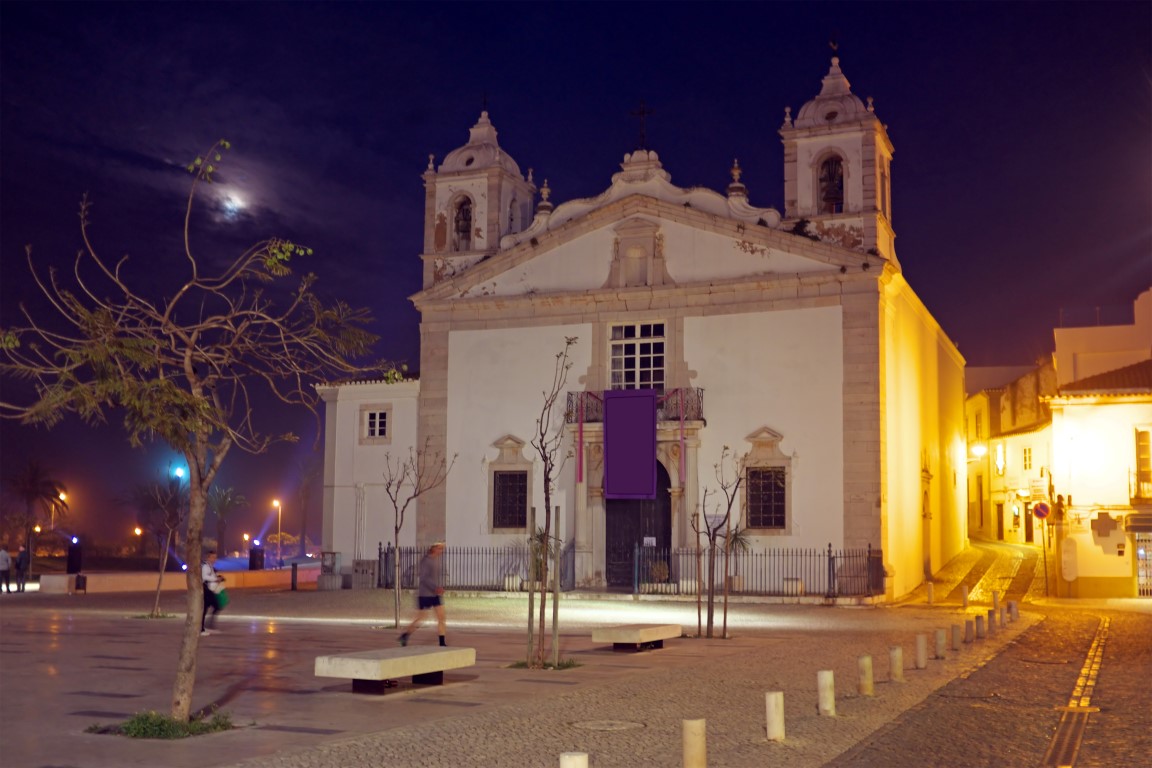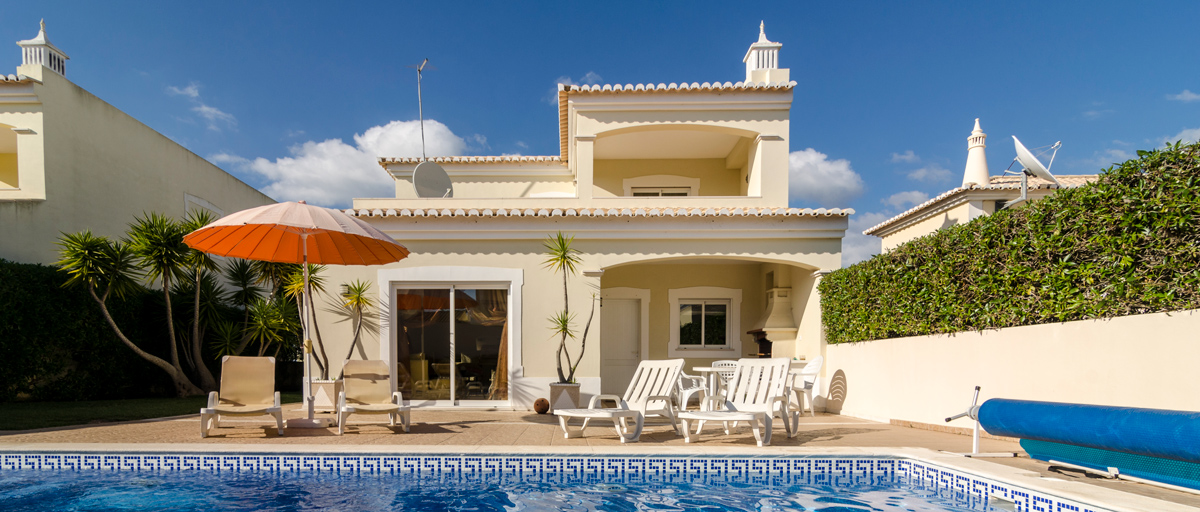History
Portugal and the Algarve is steeped in history and synominous with some of the greatest sea fairing discoveries of the 15th and 16th century. Here is a brief overview of the passage of time.

- The earliest known inhabitants of the Lagos area were the Lusitanian tribes.
- Lagos was first used as a port in 900BC by Phoenician ships which regularly traded along the coast of southern Spain (they also founded the port of Cadiz) and Portugal.
- The Romans arrived in the 2nd century BC, they called the place Lacobriga (Camp of the Lake), and there are several Roman scriptures referring to the towns' excellent climate and fishing prospects. Many Roman ruins have survived.
- The Moorish invasion of the Algarve began in 711 and they had conquered Lagos by 716 renaming it Zawaia. They were to stay until the 13th Century.
- The Moors were finally driven out of the region in 1249 when Faro was conquered for the Christians by Afonso III and the town then became a gathering point for the fleets sailing round Cape St. Vincent from Lisbon, before leaving to fight the Moors at Cueta, in Africa. The Burgundian dynasty was then established followed by the Aviz (or Avis) dynasty beginning in 1385. This was the starting point for what is now generally regarded as the greatest period in Portuguese history, a period known as 'The Age of Discoveries' and one in which Lagos played a leading role.
- Henry the Navigator (1394-1460) known simply as 'O Navegador' to the Portuguese, started Portugal's great maritime empire from his base in Vila do Infante, Sagres, known then as Princes Town. There he built a school of navigation and inspired the design of the ship known as the caravel.
- Key to the Portuguese success the caravel combined speed and manoeuvrability as well as a construction that made it suitable for heavy seas. Although the seafarers technological base was at Sagres, Lagos is where the ships were built and harboured and where the merchants set-up their trading posts.
- At this time Lagos entered a period of great prosperity as Portuguese maritime adventurers went on to discover Madeira in 1419 and the Azores in 1427.
- Gil Eanes rounded Cape Bojador in 1434 and Bartolomeu Dias rounded the Cape of Good Hope in 1488.
- Later Vasco da Gama landed in Mozambique and then India in 1498.
- In 1500 Pedro Alvares Cabral discovered Brazil.
- In 1522 Magellan circumnavigated the world and it was during this period that the Lagos slave market was built.
- At the end of the 16th Century, the Boy-King Sebastiao I gave the town of Lagos city status. Still in his teens and misguided by his aides in 1578 he and his armies set sail from Lagos in a fleet of ships to invade Morroco. History says that the armies were addressed by the young Sabastian from the Manuelin window in the walls of the Governor's Palace.
- It was an ill-fated expedition, the army was defeated in the battle of Alcacer-Quibir in Morocco and the young King was killed, he left no hiers and his body was never found. Folkore from that time suggested that one day he would return, alas, this was not the case.
- Now without a ruler Portugal was invaded by King Philip II of Spain, after renaming himself Felipe I, he proclaimed himself King of Portugal.
- During his reign he entered into war with England, and Lisbon was where the Spanish Armada gathered. With this, the English, led by Sir Fancis Drake attacked Lagos, but was pushed back so left for Sagres where he captured the Fort.
- For most of the rest of the 17th Century the Algarve coastline was besiged by pirates. In a bid to defend the area a number of small forts were constructed. The Fortelezas built at this time in Lagos were at Meia Praia, Ponta da Bandeira, Pinhao, Ponte de Piedade and Porto de Mos.
- On 1 November 1755 the great earthquake struck Portugal, estimated 8.7 on the richter scale it destroyed Lisbon and the tsunami that followed devastated the Algarve coastline, causing mass devastation in Lagos destroying many important buildings within the old town.
- Others, although very badly damaged were retained and subsequently renovated. These include the Church of Santa Maria with 16th-century traces, the 17th-century regimental storehouse next to it, and the 'golden' Church of Santo Antonio which forms part of Lagos' museum.
- The British returned on the 18 and 19 August 1759 when the 'Battle of Lagos' took place between ships under the command of Sir Edward Boscawen and French ships under the command of M. de la Clue. During this battle two French vessels were lost and two more were captured near Lagos, the rest of the fleet withdrew and de la Clue was left mortally wounded.
- In the 19th century, the Portuguese War between Liberalists and Absolutists resulted in Lagos being beseiged for a short time. Otherwise this period was a quiet one for the town and fishing and whaling its mainstay, with tuna and sardines being the main catch.
- The opening of Faro Airport in 1965 and the subsequent tourist invasion re-invigorated Lagos from a sleepy fishing town into the vibrant and cosmopolitan city that is is today. Investment in the local infrastructure and roads connecting the Algarve to Lisbon and Spain help to encourage a large influx of foreigners settling in the area in the 1990's. Mainly British, German and Dutch but also people from all over Europe and beyond, seeking the same delightful climate and 'natural' way of life the Romans did 2000 years ago.
Discover Algarve
CONTACT US NOW!
Contact the Algarve Retreats team today.
